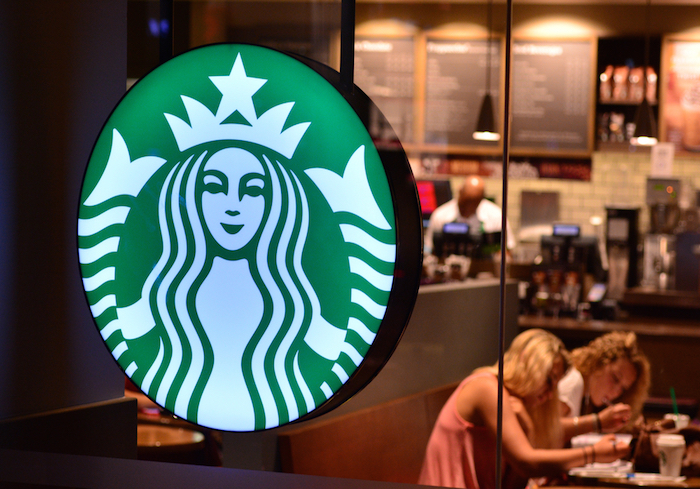
Mobile payments is not a new idea. The “inevitable” explosion of mobile payments has been forecasted but not terribly accurately for about the last decade.
Juniper Research, for example, was predicting nine years ago that by 2013 the total value of mobile transactions worldwide would exceed $600 billion. Global mobile payment value in 2013 was actually $235.5 billion. In early 2014, Juniper predicted global mobile payments volume would exceed $507 billion. It was closer this time; the actual figure clocked in at $431 billion. The current prediction is for a little over $700 billion by 2018. We’ll keep you posted.
And though it might seem we are picking on Juniper, honestly, Deloitte, Gartner, Accenture and a host of other mobile prognosticators are also all guilty as charged, too. And, of course, the definition of mobile payments is all over the place. The stat that everyone really, really, really wants to know and track is how many people are using their mobile phones instead of a plastic card to pay for something in a physical store.
That, of course, brings us to Starbucks, the one and only player that has managed to crush it in the in-store mobile payments game. An unlikely, most would say, leader in igniting mobile payments in the store.
As of Oct. 2015, 21 percent of transactions at Starbucks were made via mobile. That’s a 32 percent growth over the same time last year, and a number the company expects will not only grow but “grow rapidly.”
However, that rapid growth was not always a foregone conclusion, a Starbucks spokesperson told PYMNTS. When the coffee chain first set out to integrate mobile, the question it sought to answer was always “how to build the best customer experience.” For Starbucks, that means finding a solution “for payments, loyalty and rewards, and content that all worked with each other.”
And it is that inter-relatedness that matters, because it makes the Starbucks mobile experience just a regular part of going to Starbucks, not something customers are actively trying to remember to do.
“With all the success we’ve had in mobile, there’s a lot of coverage about ‘Starbucks turning into a tech company.’ I saw a headline recently that said something like Starbucks not being about coffee anymore, “ a Starbucks rep noted, referring to a recent piece published Digital Trends entitled “Why Starbucks Isn’t A Coffee Shop Anymore, It’s A Portal To The Future.”
And while Starbucks certainly doesn’t mind being known as retail’s resident portal to the future, it doesn’t really see it as an either/or, as it is most definitely selling coffee, just in a very futuristic way.
The secret to Starbuck’s tech success, according to Starbucks, is that the investment in tech hasn’t been for the pure love of technology or the bragging rights of being the most successful mobile payments innovator but instead has been wholly focused on actual usability from the consumer point of view.
“For a long time, we’ve been dedicated to using technology to enhance the customer experience. From Wi-Fi availability in all our stores since the early 2000s to partnering with Apple to bring our customers free music. And we see the continuation of that with mobile order ahead and offering a clear benefit to our customers, avoiding lines when you are already in a rush.”
The order ahead feature is the latest in Starbucks’ very successful mobile platform rollout. When the company announced its earnings last month, CEO Howard Schultz noted that Starbucks Mobile Order & Pay was now open for business in all 7,500 U.S. locations (international rollout was announced soon after and is already on the go in the U.K.) and, frankly, killing it with over 5 million orders and counting as of the earnings call.
And though we were not able to get an update on those figures, odds are good they continue to climb.
The reviews have been excellent, with almost any reviewer with access to a keyboard complimenting Starbucks on its latest mobile win.
“I panned Tim Cook on these pages for the Apple Pay launch when he described the payment experience at the point of sale as broken. It’s not. It works really well,” venture capitalist Paul Purcell wrote of Starbucks Mobile Order & Pay and other mobile payments programs. Essentially, they rely on training people away from cash or cards that work just fine, which means said training is “going to take a long, long time.”
“Unless you build huge value around the transaction. That is how shift happens — you incent and better the transactional experience and then and only then will you shift consumer and market dynamics. Hooray for Starbucks for accomplishing this.”
Starbucks said it welcomes the good reviews, because they are good but also because it means the investment Starbucks has made is paying out correctly. “And after breaking Twitter with the red cups, it is always nice to know that most of our customers are extremely happy,” an employee joked about the firm’s newly found Grinch-like status among some disgruntled consumers who wanted its cups to be just a little more festive.
And given the extensive spending Starbucks has done — and will do in 2016 — to upgrade its digital presence, it’s probably also something of a relief.
As of the end of FY 2015, the firm had spent $100 million to $125 million — on top of the $145 million it spent last year — and that’s an awful lot to spend on something consumers don’t like or, worse yet, don’t use.
Starbucks’ bet turned out just right because a fan base that was already dedicated a decade ago is now fully wired in and ready to Starbucks at the drop of a hat.
Or, more accurately, the tap of a button. And, increasingly, well before they actually head into the store for their Grande Bold with room.